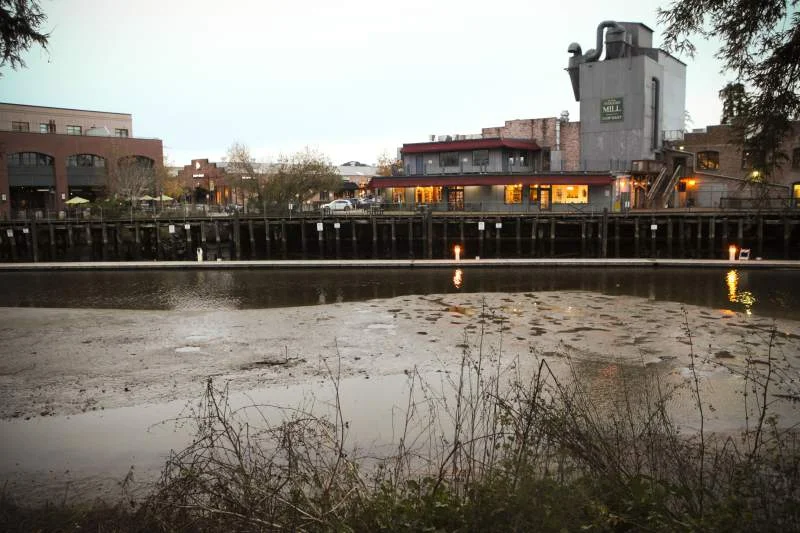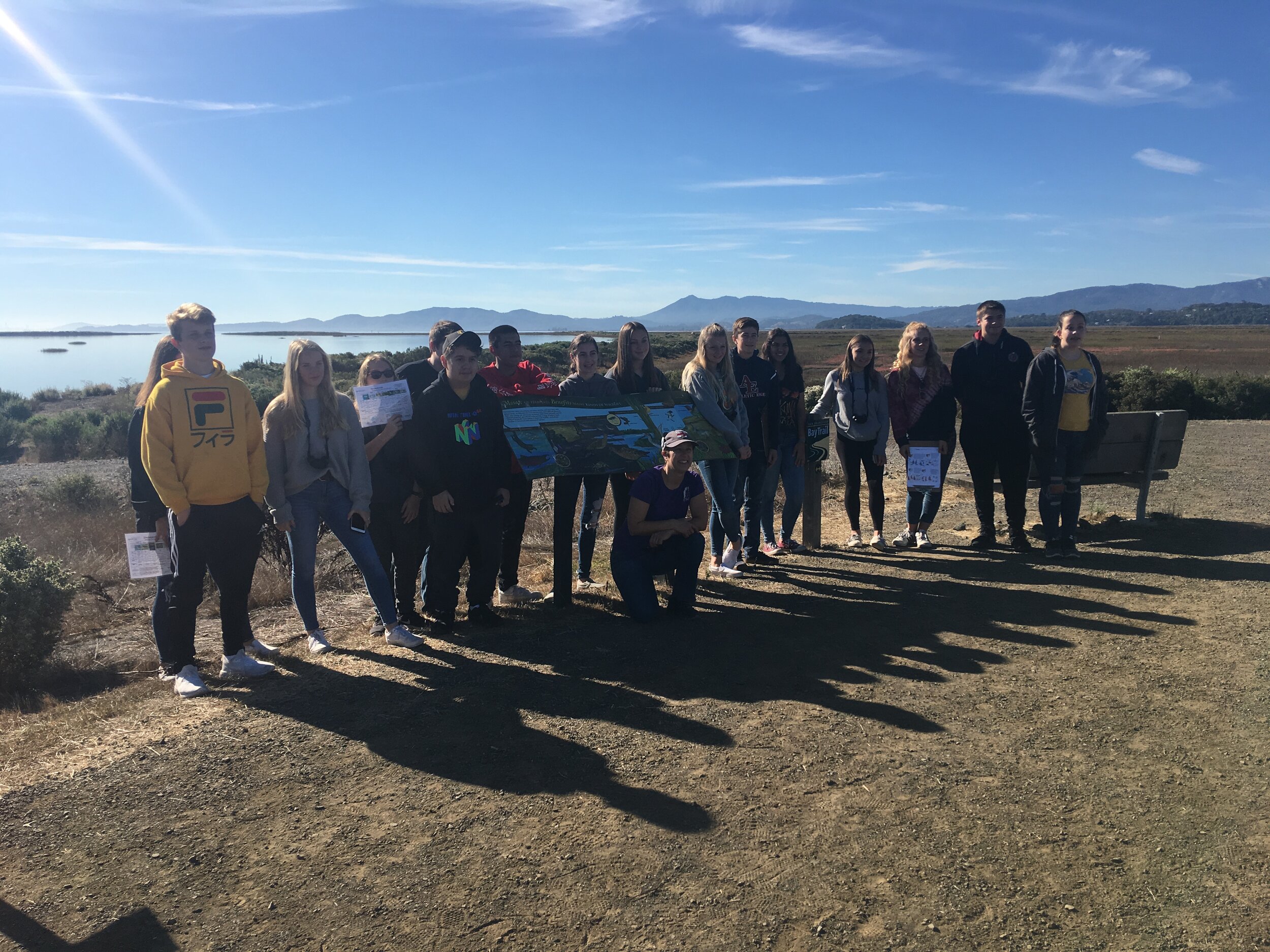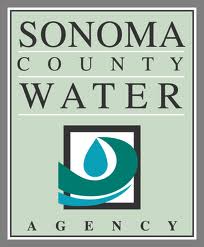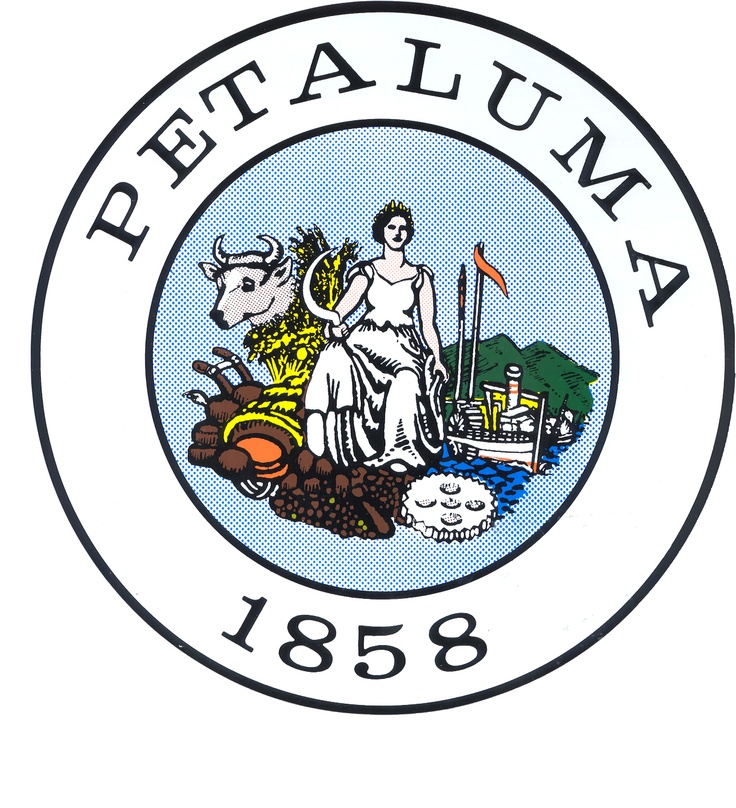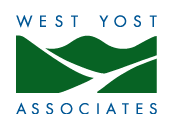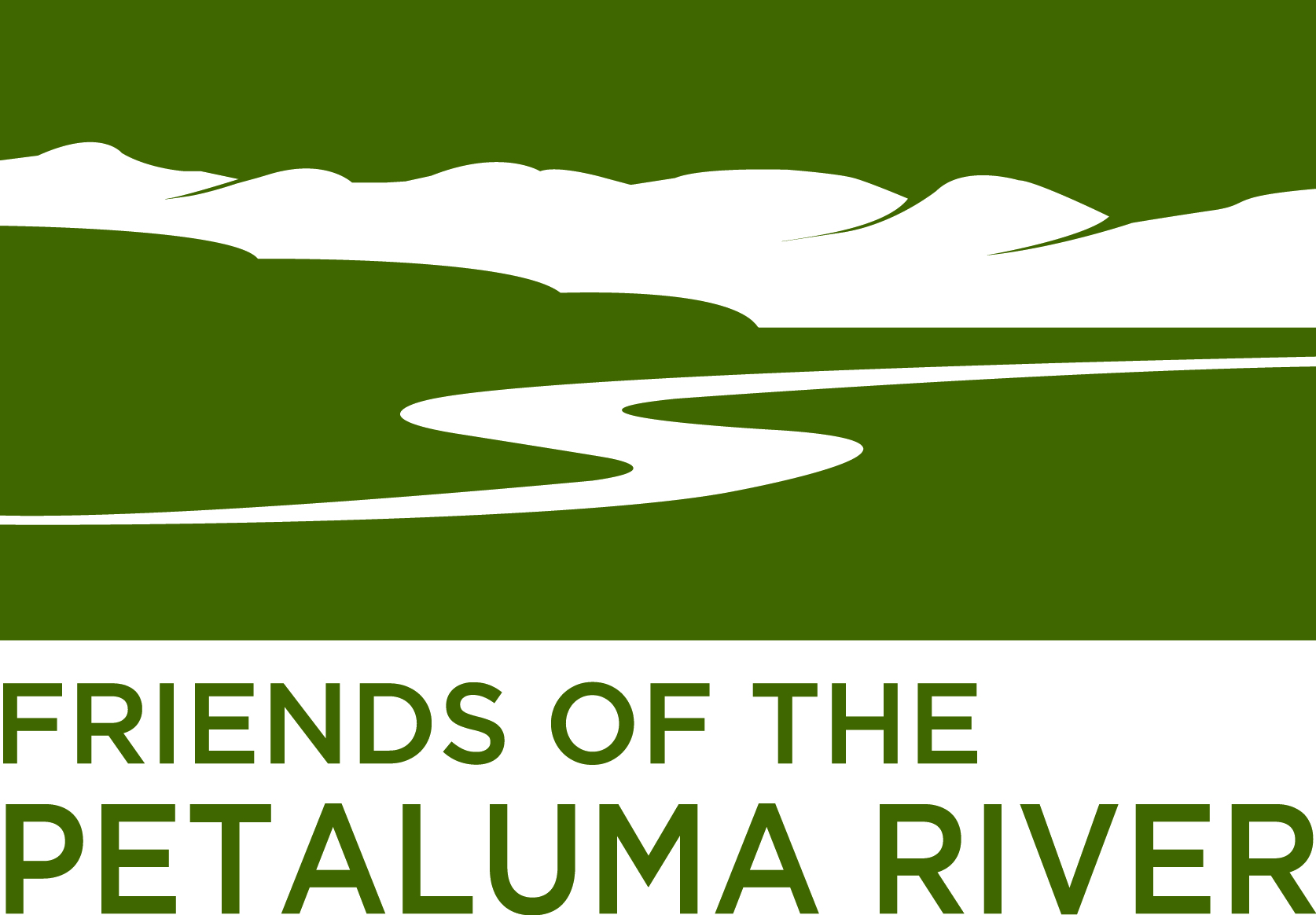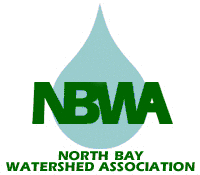Water Testing with PACs
/Teacher Matt Jackson has mastered the art of directing his 7th grade students through five water-testing stations. The lesson begins the night before with a homework assignment asking students to read through and paraphrase why we test water features; and what can temperature, turbidity, levels of ammonia, nitrates, dissolved oxygen, and salinity tell us about the health of our creeks and tidal slough. Each student independently reads and explains the significance of each water element tested. By asking students to become familiar with the purpose of each test, when they begin testing the following day they have context and understand the value of their results.
The following morning students filter into the classroom where their tables have been set up as testing stations. Each station has materials for four students to test one feature of the water. Mr. Jackson has collected two buckets of water from nearby Lynch creek, and they now sit filled in the front of the class. He instructs the students that they will be rotating, with their table group, through five testing stations. Because testing salinity and temperature are quick, students complete those tests at one station. The students testing the ammonia level dictate the timing of the rotations, as the test requires a five-minute wait.
Read More